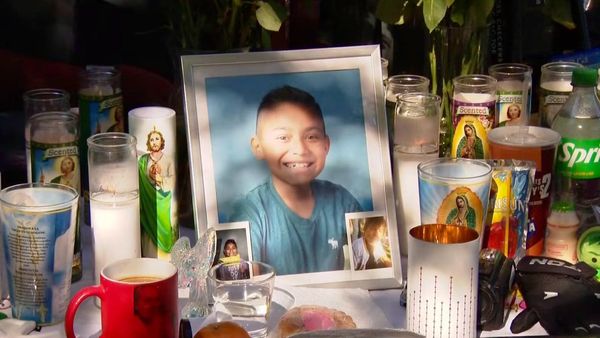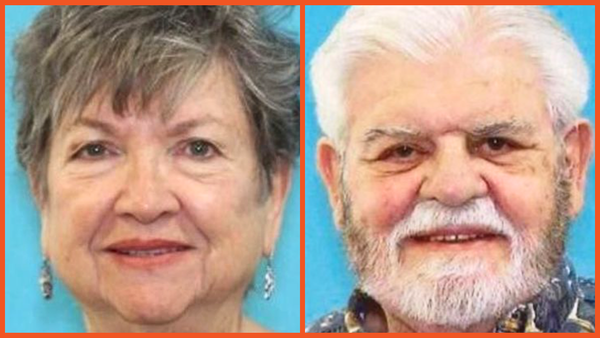Distracted driving is becoming a big problem. More and more people are getting into accidents because they’re not fully focused on the road. A quick text, checking the GPS, or even eating while driving can lead to serious crashes.
These small distractions may not seem like a big deal, but they put lives at risk. Because of this, the laws around distracted driving are getting stricter.
In this article, we’ll explain what distracted driving means, what the rules say, and what legal experts want drivers to understand.
What Counts as Distracted Driving Today?
Distracted driving means doing anything that takes your attention away from driving. It’s not just about using your phone. Even simple things like eating, talking to someone, or changing the music can be a distraction. Experts usually break it into three types:
- Visual: When you take your eyes off the road.
- Manual: When you take your hands off the wheel.
- Mental: When your mind is not focused on driving.
Using a phone to text or scroll is one of the biggest problems today. But even using GPS, applying makeup, or reaching for something can count as distracted driving. It only takes a few seconds to cause a serious accident.
The Legal Landscape: How Laws Address Distracted Driving
Laws around distracted driving are getting stricter in many places because the problem is growing fast. More people are getting hurt or even losing their lives in accidents that happen just because someone looked at their phone or took their hands off the wheel for a second. So now, governments and traffic departments are trying to do more about it.
Personal injury attorneys are also seeing the consequences firsthand. Stephen Babcock, Founder & CEO of Babcock Injury Lawyers, explains, “Every week, we meet families whose lives were changed forever because of a few seconds of distraction. It’s not just about getting a ticket — if you cause an injury while distracted, you can be held financially responsible, face lawsuits, and be ordered to pay significant damages.”
Even in most countries or states, using a phone while driving is either banned or has strong limits. Some places only allow “hands-free” use, which means you can talk on the phone if it’s on speaker or connected through Bluetooth — but you can’t hold it in your hand. Other places don’t even allow that. If you're caught holding your phone while driving, you can get fined, lose points on your license, or even face a short driving ban.
But phone use is just one part. Laws also talk about any other action that takes your focus off the road. For example, eating while driving, turning around to talk to kids in the backseat, or watching videos on your dashboard screen — these can all be considered distractions. If any of these actions lead to an accident, the driver can be held legally responsible.
One of the problems police face is proving that someone was distracted. It’s not always easy to know if a driver was texting or just changing the radio station. That’s why many areas now allow the police to check phone records in serious crashes, especially if someone is badly hurt or dies. If they find that the driver was using their phone just before the accident, it can be used as evidence in court.
Kim Lewellen, Attorney of Lewellen Family Law Group, shares, “Some places have started using cameras that can catch drivers in the act — just like speed cameras. These special cameras look into cars and can spot if someone is holding a phone. It’s becoming more common in big cities.”
Even if a place doesn’t have a clear distracted driving law, drivers can still be charged under general laws like “careless driving” or “driving without due care.” If someone causes harm while distracted, the punishment can be much worse—like heavy fines, losing their license, or jail time in very serious cases.
Enforcement Challenges for Police and Legal Systems
Even though distracted driving is a serious problem, it’s not always easy for police or the legal system to deal with it. Here are three major challenges they often face.
It’s Hard to Catch in the Act
Unlike drunk driving or speeding, distracted driving isn’t always obvious. A driver might glance at their phone for just a second — and that’s enough to cause a crash, but not always enough for police to notice. Unless an officer is right there when it happens, it's easy for drivers to deny it or hide the behavior. Most people don’t admit they were texting, and without clear evidence, it becomes one person’s word against another’s.
Technology Keeps Changing
Smartphones, touchscreens, and even smartwatches make it easier than ever to get distracted. But laws often take time to catch up. In many places, the rules still focus only on holding a phone — not on voice assistants, scrolling social media, or looking at GPS.
Scott Odierno, Partner of The Odierno Law Firm Accident and Injury Lawyers, mentions, “Some people use hands-free features and think they’re safe, but their minds are still off the road. It creates a gray area that’s hard to police and harder to prosecute.”
Proving It in Court Is Tough
Even when distracted driving is suspected, proving it in court can be tricky. Police might need phone records or dashcam footage, which aren’t always available. If someone deletes messages or clears their history, that evidence is gone. Lawyers need solid proof to win cases, and without it, the driver might walk away without facing any real consequences.
How Victims Can Protect Their Rights
Getting hit by a distracted driver can turn your life upside down in seconds. Steve Caya, Wisconsin Personal Injury Lawyer at Nowlan Personal Injury Law, shares, “Between injuries, stress, and dealing with insurance, it’s easy to miss steps that protect your rights. But taking action early can help you get the care, support, and compensation you deserve.”
Get Medical Help Right Away
Your health comes first. Even if you don’t feel hurt at the moment, get checked by a doctor. Some injuries, like back pain, internal bleeding, or a concussion, can take hours or days to show up.
Plus, having medical records from the start helps prove that your injuries were caused by the crash, not something else. If you wait too long, the insurance company might argue your injuries aren’t serious or were unrelated.
Gather All the Evidence You Can
Photos and videos are your best friend here. Snap pictures of the accident scene, damage to both cars, street signs, traffic signals, road conditions, and any injuries. If there were witnesses, ask for their names and contact info. If you see any cameras nearby (like store security cams or traffic cams), make a note — your lawyer can try to get that footage later. The more proof you have, the stronger your case becomes.
Be Careful What You Say to Insurance
The other driver’s insurance company might call you soon after the accident. They’ll sound polite, but their goal is often to pay as little as possible. Don’t admit fault, don’t downplay your injuries, and don’t agree to a quick settlement.
It’s best to say very little and speak to a lawyer first. One small comment can be used against you later.
Final Thoughts
Distracted driving is a growing danger on our roads. More crashes, more injuries, and more lives are being affected every day. But the law is slowly catching up, and victims do have rights. If you’ve been hurt, don’t stay silent or let things slide.
Get the help you need, keep good records, and speak to someone who knows how to handle these cases. Every step you take makes a difference. Staying informed and knowing what to do can protect you, your family, and others on the road.







